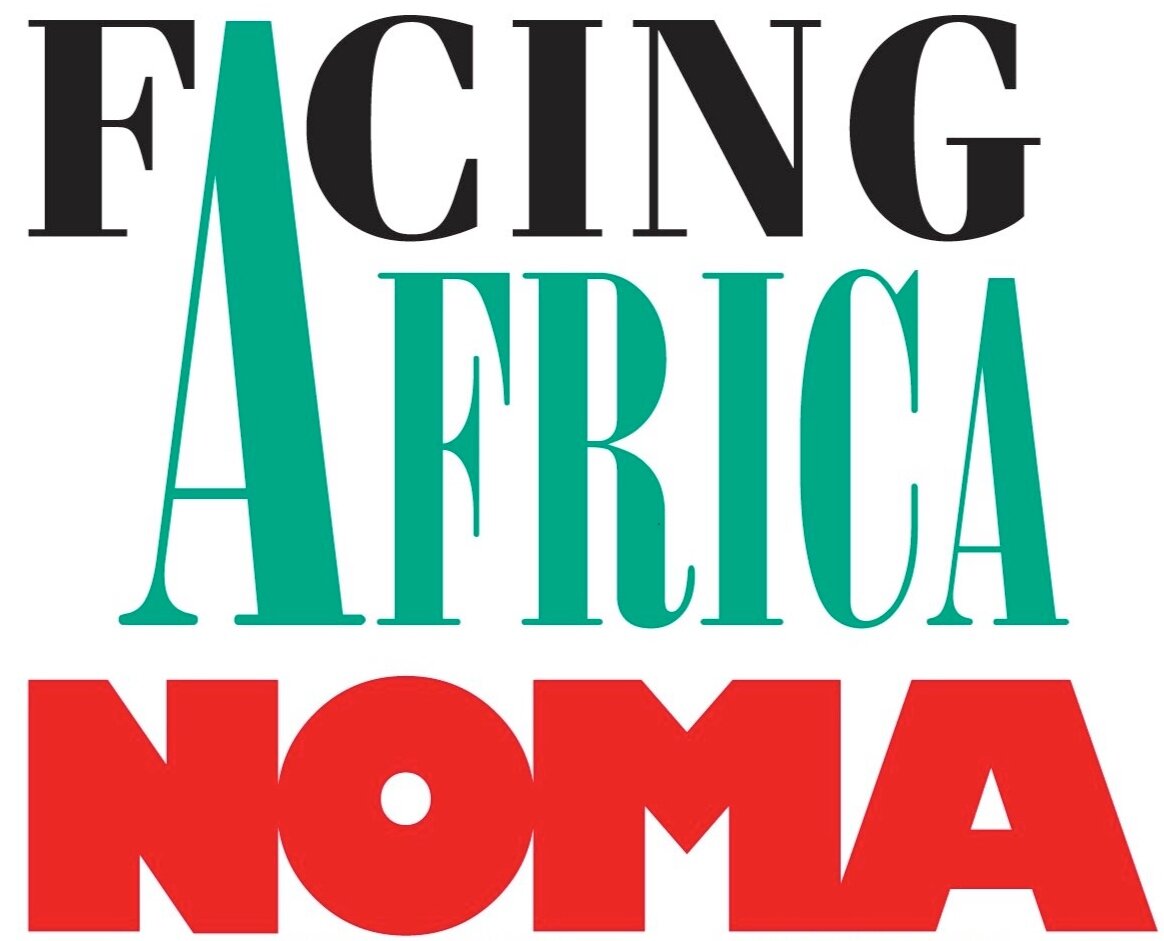Surviving Noma
Survivors, those whose pitiful faces can be seen on these pages, can arguably be described as the fortunate ones.
However, their lives will never be the same and they will suffer four main afflictions-
Hideous facial disfigurement
Functional impairment
Unimaginable pain and discomfort
Rejection by their local communities, school and friends.
Noma exists predominantly in remote rural areas and is usually considered a curse. Villages and hamlets have little, if any, access to doctors or hospitals and so the parents of a noma victim will, in most cases consult a traditional healer whose unconventional healing methods often make the condition worse or even bring about an accelerated death. In many cases, villages are located 3 – 4 hours walk from a main road and even then, the parents or guardians of noma victims do not have the bus fare to get to an hospital. Hospitals and rural clinics have neither the drugs (antibiotics) to treat the bacterial infections nor the clinical expertise or surgical instruments to treat the facial deformities. This means that the survivors of the gangrenous infection will spend the rest of their lives with these facial disfigurements, pain, discomfort and rejection by their communities.
Those who are fortunate enough to be referred to a larger urban hospital are still unlikely to receive adequate clinical help let alone reconstructive surgery. So, it is for this reason that visiting teams of reconstructive surgeons are so important in providing the skills, equipment, instruments and drugs to give noma victims a chance of a new face, a new life and renewed hope.
Most noma victims suffer restricted jaw movement (trismus) and are unlikely to be able to speak or eat normally again. When the jaw is locked, the patients have to squeeze soft food between their teeth. In infancy, some children lose their lips and soon die of starvation as they are unable to breast feed.
The World Health Organisation (WHO) estimates that 140,000 new cases of Noma occur each year and of these, a mere 10% survive. That means that 126,000 die each year, mainly in sub-Saharan countries from Senegal to Ethiopia, a region known as “the Noma belt”.

